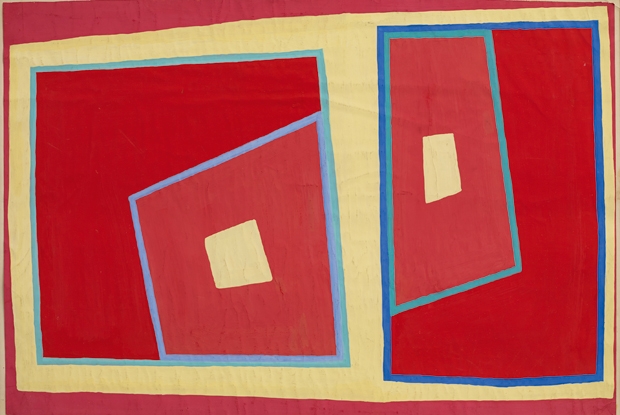When the New York art dealer David Zwirner opened his London gallery in October 2012, observers expected him to make a statement of intent. Zwirner, who the magazine Art Review placed at number two in its 2013 Art Power 100 survey, is one of the art world’s most important three gallerists (the others are Larry Gagosian and Iwan Wirth). After a year of settling in, Zwirner made a newsworthy announcement: he had signed up the 27-year-old Colombian-born, London-based artist Oscar Murillo. For a twenty-something, he had just had a remarkable set of auction results at Christie’s last June, with a work going for £253,875 against an estimate of £20,000 to £30,000. These results, along with the artist’s rough, informal paintings and his exotic cultural origins, led some observers to suggest that Murillo was the new Jean-Michel Basquiat. It seemed that Zwirner had got his statement London signing.
Signing the next new sensation is a tried and tested method for such prominent dealers to show that they are fully up to speed with art-world chatter — White Cube recently made a similar statement by exhibiting Eddie Peake, another hyper-fashionable young artist. But perhaps it was Zwirner’s subsequent announcement that is more interesting. Instead of trying to sign the next hot talent, he announced a June exhibition of the British artist Bridget Riley, her first major survey show since the 2003 retrospective at Tate Britain. Riley, who will be 83 this month, is the antithesis of Murillo. Having shot to fame in the 1960s — the success of her Op Art paintings and drawings was recognised with a solo show at New York’s Museum of Modern Art in 1966 and she was one of a two-person presentation in the British Pavilion at the Venice Biennale in 1968 — she faded from view during the 1980s and 1990s.
Recent years have seen a revival of interest not only in Riley but also in a number of British artists from the generation who came of age in the 1960s and 1970s, positioned in between the parochial abstraction of mid-century British art and the Young British Artists of the later part of the century.








Comments
Join the debate for just £1 a month
Be part of the conversation with other Spectator readers by getting your first three months for £3.
UNLOCK ACCESS Just £1 a monthAlready a subscriber? Log in